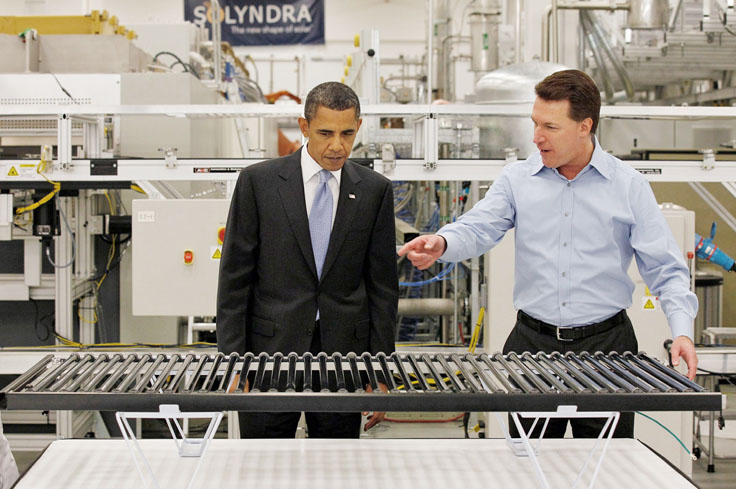The eHealth Ontario Scandal

The High Hopes of eHealth Ontario
Picture this: nearly $1 billion was pumped into creating electronic health records for everyone in Ontario. The dream was to revolutionize healthcare with cutting-edge technology. Sounds great, right? Well, it didn’t quite pan out that way, leading to one of the biggest fiascos in public funding history. This ambitious project ended up being a colossal failure, and the consequences were far-reaching and devastating.
A Colossal Mess
Instead of a sleek digital healthcare system, what Ontario got was a mess of inefficiencies and overpriced consultants. The project barely moved an inch, and when the scandal broke, heads rolled. Top officials resigned, and the public was left shaking their heads in disbelief. The mismanagement was astonishing and costly, leaving everyone to wonder how such a promising initiative could go so wrong.
The Solyndra Debacle

Green Energy Hopes
Solyndra, a solar panel manufacturer, was awarded a $535 million loan guarantee by the U.S. Department of Energy as part of a broader effort to promote renewable energy. The grant was intended to boost green energy production and create jobs, aligning with the government’s environmental and economic goals. However, the reality turned out to be much different, leading to a spectacular financial disaster.
Bankruptcy and Fallout
Unfortunately, Solyndra declared bankruptcy in 2011, just two years after receiving the loan. The company’s failure was attributed to poor market conditions and unrealistic business projections. This debacle resulted in a significant loss of taxpayer money and raised questions about the due diligence process in awarding such large grants. The fallout was extensive, and the lessons learned were costly.
The Cash-for-Clunkers Program

Environmental and Economic Goals
The Car Allowance Rebate System, known as Cash-for-Clunkers, was designed to incentivize the trade-in of older, less fuel-efficient vehicles for new, environmentally friendly models. The program received $3 billion in government funding and was part of a broader effort to stimulate the auto industry and reduce emissions. The idea was great, but the execution left much to be desired.
Limited Long-Term Impact
While the program temporarily boosted auto sales, it faced criticism for its high cost and limited long-term benefits. Many argued that the funds could have been better utilized in other areas, and the environmental impact was not as significant as anticipated. This case highlights the challenges of balancing immediate economic stimulus with long-term sustainability. The program’s efficacy remains debatable, with mixed reviews from experts and the public.



